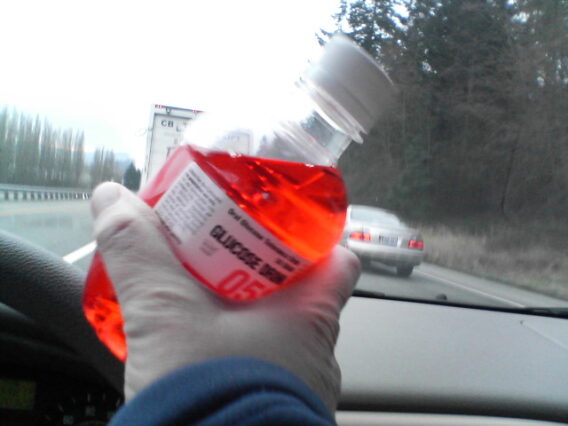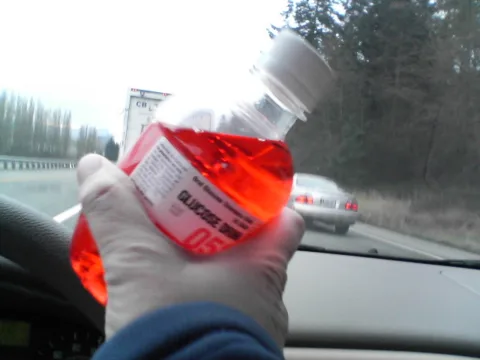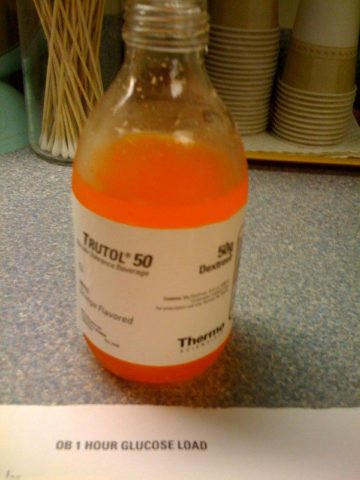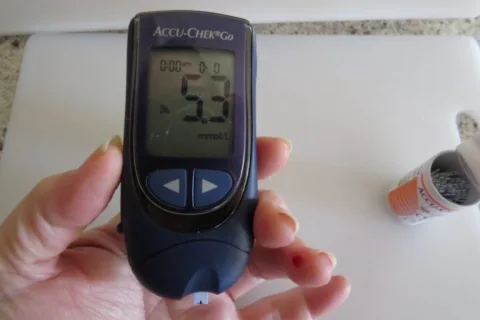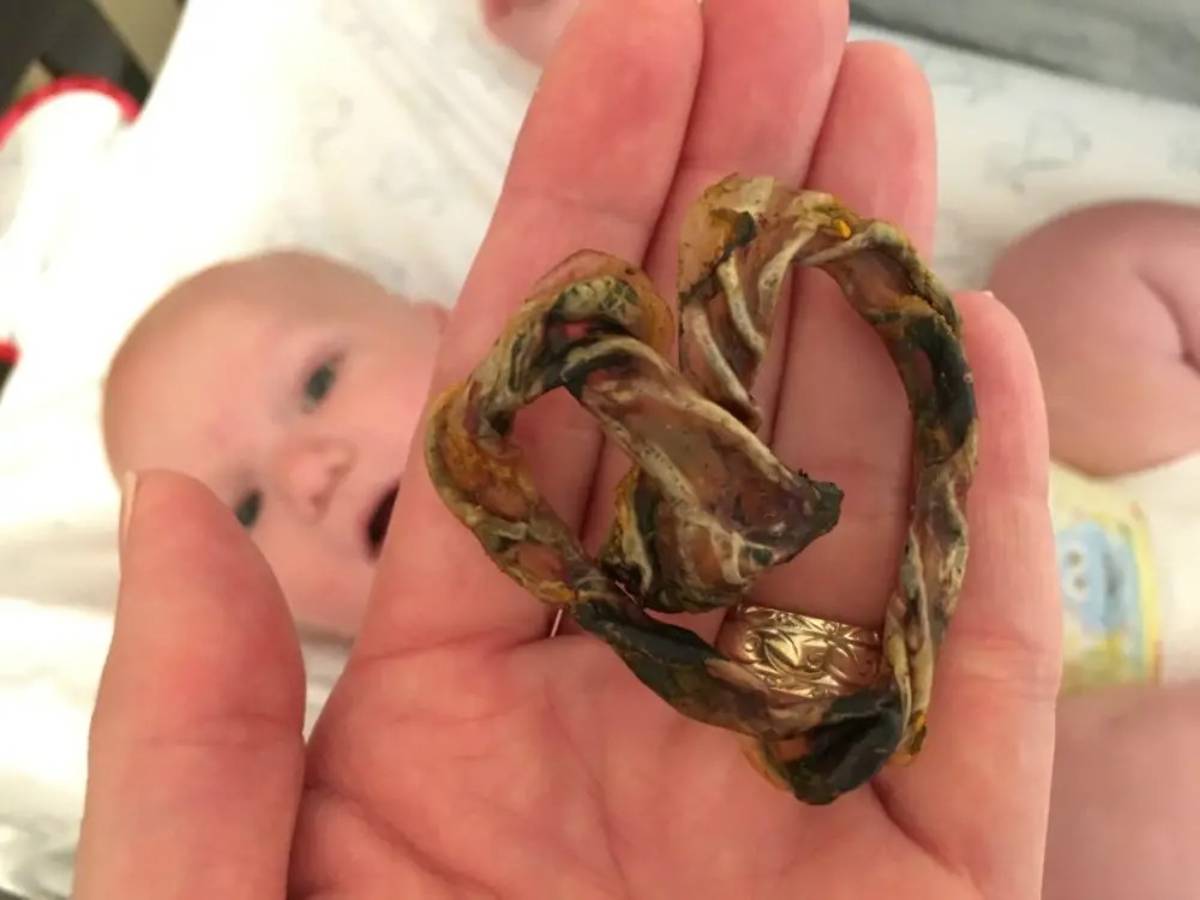Every pregnant woman must get tested for gestational diabetes.
Wondering what the glucose test is really like?
Here’s my experience with taking (and failing) the glucose tolerance test…
Getting Tested For Gestational Diabetes
Sometime between your 20th to 28th week of pregnancy, you’ll be required to take a test to determine if you have gestational diabetes.
Gestational diabetes is diabetes that occurs during pregnancy. It’s a condition where the body is no longer able to regulate blood glucose levels, causing them to remain higher than normal. If it remains untreated or undiagnosed for too long, mom and baby are at risk for complications.
Many women who have gestational diabetes develop it sometime during their second trimester. Although a small number of women develop it much earlier in their pregnancy.
What The Glucose Tolerance Test Is Like
The test is approximately 1 hour long, and it usually takes place at a nearby lab that’s affiliated with your doctor’s office.
You’ll want to bring someone with you that can drive you home.
I took my test in the morning so I could get it out the way. Here are some other reasons to take the glucose tolerance test in the morning.
To start, the nurse will give you a glucose drink that you have to finish within 15 minutes. That may seem like a lot of time, but once you taste it you’ll feel that you need way more time. The drink doesn’t taste very good and can make you feel woozy and unsteady. Some women actually get sick while drinking it and have to repeat the test later.
The best piece of advice I can offer is to try to drink it down as fast as you can to get it over with. And once you’re done with the drink, immediately let them know — so they can start the clock.
They need to draw a vial of blood within 1 hour to determine your glucose tolerance.
When I finished my drink, I thought that it wasn’t so bad. I had the clear one that tasted like Sprite without the carbonation. I felt okay — just anxious and ready to go.
When they called me to the back to get my blood draw, that’s where things started to go wrong. I stood up, went to the room and wham. I passed out. When I came to, I couldn’t stop shaking.
They wanted to send me to the hospital, but I convinced them that I was fine and to draw my blood. To be safe, they called my husband to come and get me. This is why you may want to have someone go with you when it is time for you to take your glucose tolerance test — because you don’t know how your body will react to it.
What If You Fail The Glucose Test?
If you fail the glucose tolerance test — like I did — you will be referred to a diabetes nutritionist and your doctor will give you a script for a glucose monitor. (The monitors are also available without a prescription, but if you have a script then your insurance may cover the cost.)
You will see the nutritionist once or twice a week until they feel that your gestational diabetes is being properly managed.
During your first visit, you’ll go over your diet and learn about portion sizes and how to count your carbs. They will also encourage you to get more active and exercise.
You don’t have to start some diehard exercise regimen, but walking as little as 15 minutes each day can really help to keep your blood sugars down.
The nutritionist will also give you a book where you’ll keep track of your blood glucose numbers and the foods you are eating.
Here are 2 other tools you can use to monitor your blood glucose numbers:
The goal is to establish a recognizable pattern of which foods you’re eating that are causing your blood sugars to spike. If you can identify them, then you can avoid them and gain better control of your condition.
You may feel overwhelmed with all of the information you are receiving — that’s normal. You may also feel extremely emotional about the fact that you can no longer eat anything you want, whenever you want — that’s normal too. But what you should not do is ignore the situation or think that there was a mistake. Follow the diet and work with your nutritionist as best as you can. No one is perfect.
This was the start of my journey as a gestational diabetic. Stay tuned for Part 2 where you’ll learn just how hard having gestational diabetes can be.
I’m a stay-at-home mom and writer. Having experienced the joys and discomforts of pregnancy 3 times, I have a lot of advice to offer expecting mothers. I’m committed to providing new moms with an in-depth and honest view on pregnancy, so you’ll have a better idea of what to expect and a good feel for what pregnancy is really like.
